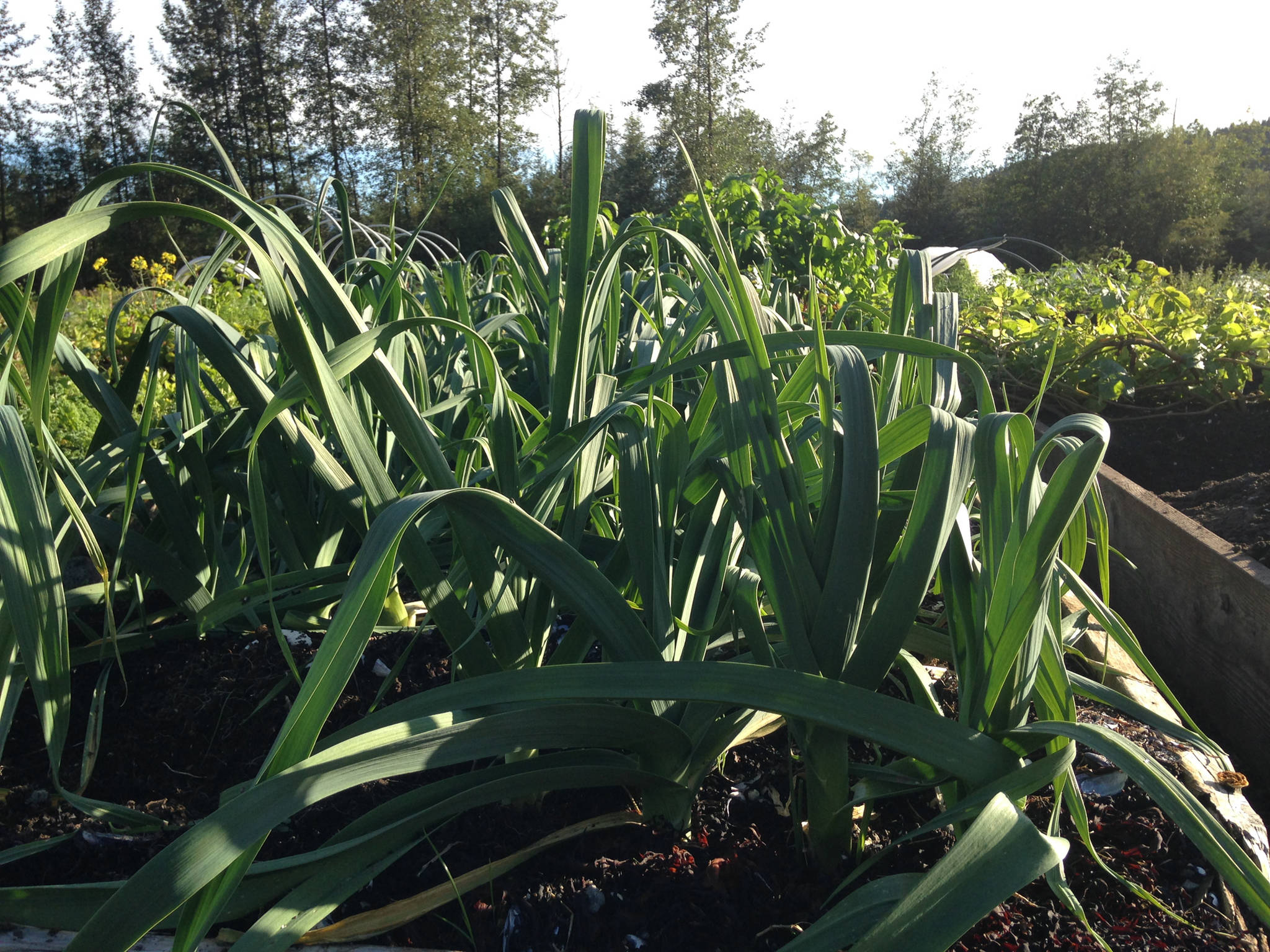Even though the talk is all about avalanches and friends are giddy in their joy over this latest snowfall, spring is drawing ever closer. As the boat rocks in the wind, I console myself with looking through my package of seeds. Somehow, the idea of sharing shipping costs led me to a no-holds-barred purchase. I look through all $66 worth of them and think, what made me decide to grow Patio Bell eggplants, Picolino cucumbers or Midori Giant edamame?
As much as these secretly delight me and are worth every cent in the pleasure I’m deriving from their existence, I also bought seeds that have proven true over time. Variety lists are hard to maintain because the names change over time. The first time I tried to use the University of Alaska Fairbanks Cooperative Extension list, I found that many of the recommendations weren’t available. Sometimes it’s because they were ordered out of a different company or a similar, but newer strain of the vegetable was now being packaged, eliminating the older seeds.
Some vegetables give you clues to their origins. The Sugar variety of snap peas or the Jersey varieties of asparagus crowns are decipherable even if it’s not Jersey Knight or Sugar Ann. Other seeds require a bit of knowledge about their basic types. Although there are exceptions, carrots fall into three basic types: Imperator, Danvers, and Nantes. Imperator is long, like the grocery store carrots we buy. Danvers is shorter, but a good storage carrot. Nantes are short and sweet.
If you want to get your fingers dirty, begin some starts inside. This is the time to plant celery, leeks, tomatoes, and peppers. Use a starting mix rather than potting soil, which is duff compared to finer grained soil. It allows the seeds to have some structure, but with little barrier as it begins to sprout. You can plant in starting trays, which create separations for each plant or you can use small, individual 4-inch pots.
For celery, whether you choose the green or spicier red type, look at the Utah varieties or the strictly red varieties of Redventure or Giant Red. For leeks, Lancelot, King Richard and American Flag are all proven varieties.
Tomatoes and peppers are begun inside to remain for the season or can be transferred to a greenhouse once temperatures stabilize. Early Cherry and Cherry Punch produce a small, bite-sized tomato. If you are looking for a medium to large size tomato, consider Glacier, Patio Princess, Tumbler, Beauty or Koralik. Beaverlodge is a heavy producing plum tomato.
For peppers, consider red and golden cayenne, early jalapeno and habanero. Specific varieties include Ancho Magnifico, Felicity, Pizza Pepper and Anaheim College. For both tomatoes and peppers create supports as they grow.
As you begin gardening, you have all the wonder and excitement of the season. It’s a time of possibility and anticipation, even if it only means looking at your pile of seed packets and imagining what is to come.
• Corinne Conlon is a freelance writer based out of Juneau. She can be reached at dirtgirlgardening@gmail.com.

